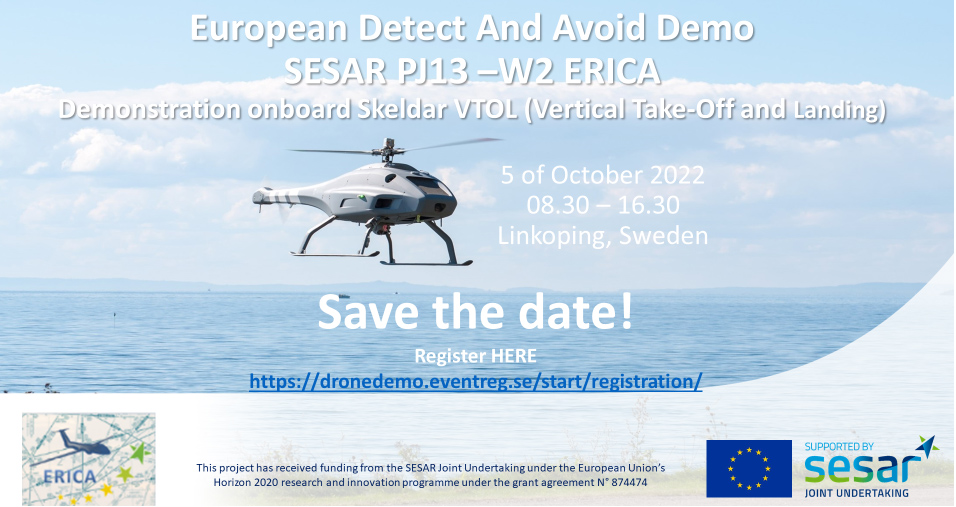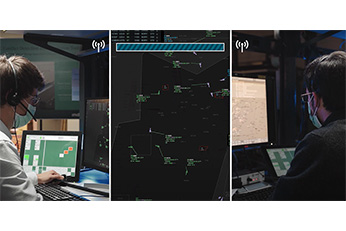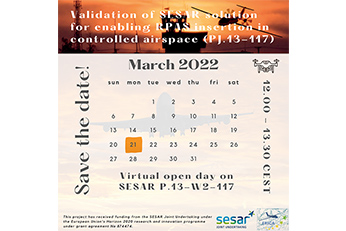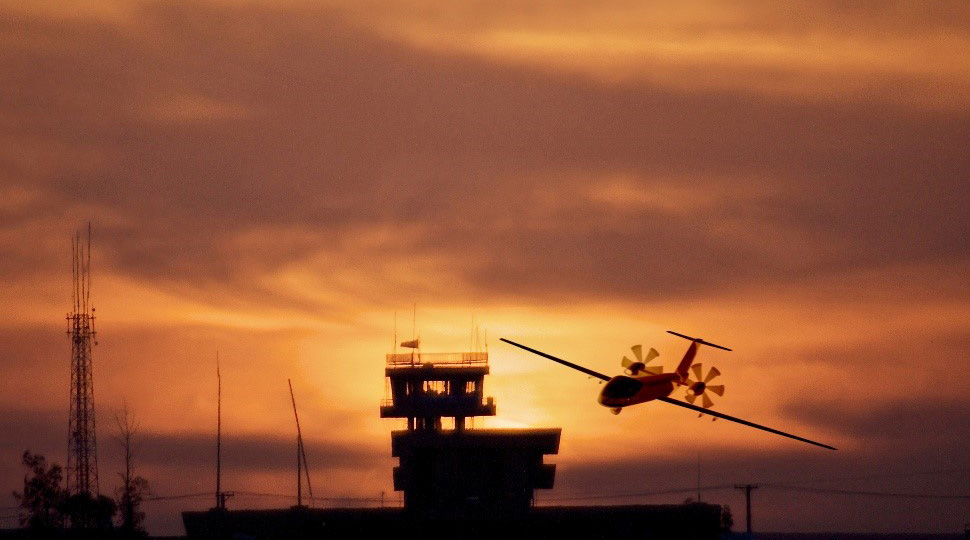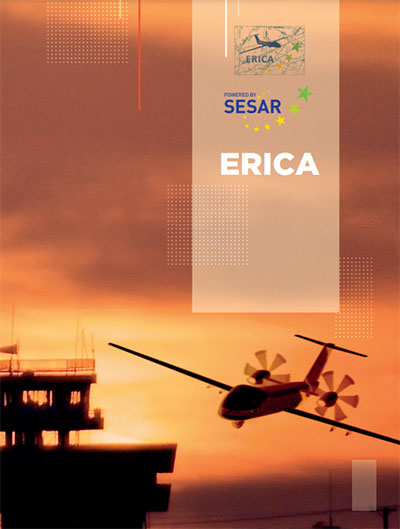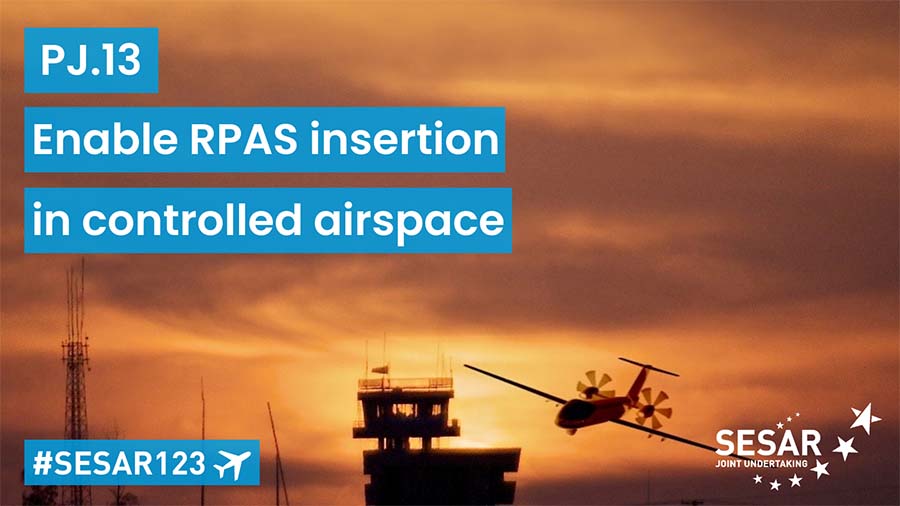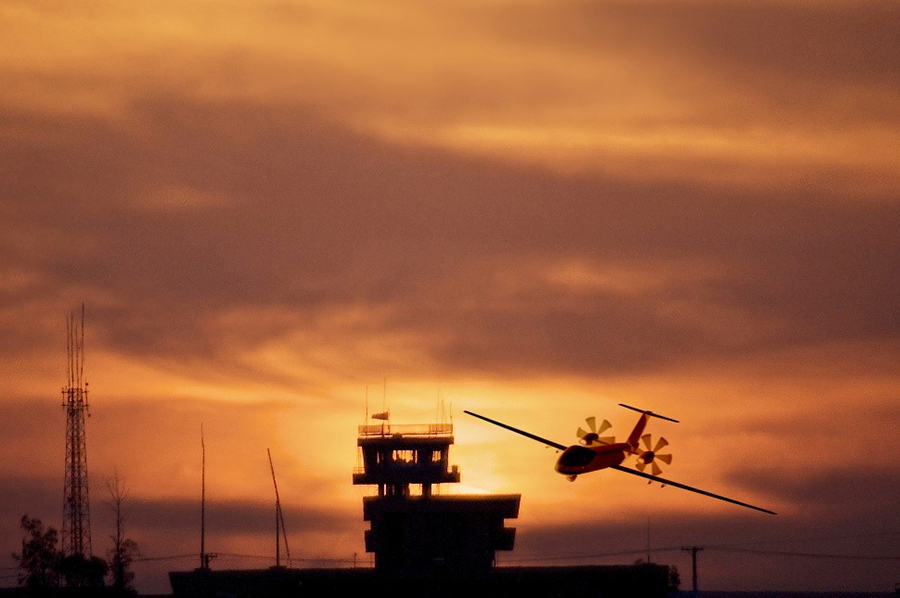The ERICA project aimed to define the operational and technical capabilities that allow remote piloted aircraft systems (RPAS) to operate in controlled airspace safely, during nominal and emergency conditions. In particular, ERICA aims at providing the basis for defining, developing, and validating the key operational and technological enablers that are necessary to assure the proper insertion of RPAS into non-segregated airspace.
The objective was pursued in several steps, starting from the development and validation of a detect and avoid (DAA) system for safer operations by preventing collisions. The project activities then covered two timeframes, with the first accommodating the initial RPAS demand in the short/medium term, establishing harmonised procedures across low/medium density and low/medium complexity European airspace. The second timeframe addressed the full integration of civil and military RPAS, in the longer term, enabling their deployment in a cooperative environment in full integration with the manned aviation.
Coordinated by Leonardo, the consortium involves 30 beneficiaries from 18 countries across Europe.
By enabling the integration of RPAS into controlled airspace, the project paved the way for the development of recognised European RPAS operations in non-segregated airspace, enabling civil and military RPAS, in particular fixed wing platforms, to operate mixed with manned traffic under the Single European Sky. These activities also contributed to regulatory and standardisation processes, in order to assure interoperability with air traffic management (ATM) systems within and outside Europe. The smooth integration of RPAS in controlled airspace also helped foster new market perspectives and ultimately new services to the community.



